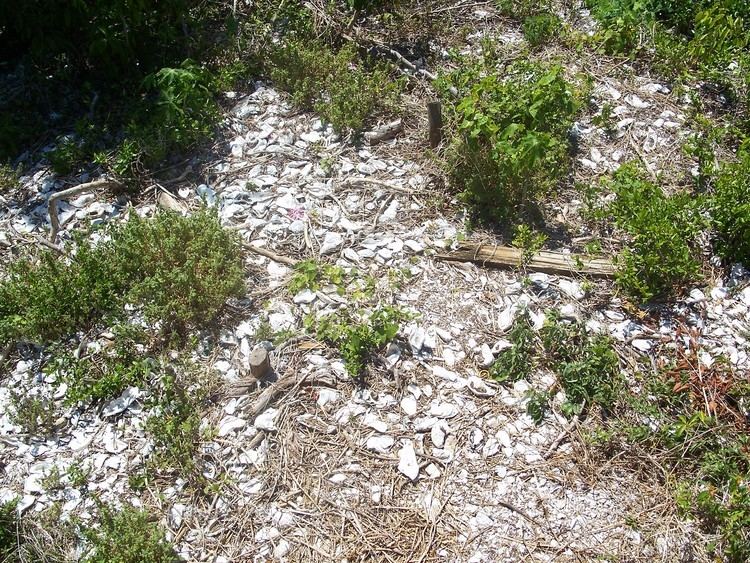Founded 1000 BCE Cultures Timucua Architectural details Number of monuments: 1 | Abandoned 1400 CE Architectural styles shell mound Area 4,047 m² Added to NRHP 29 September 1970 | |
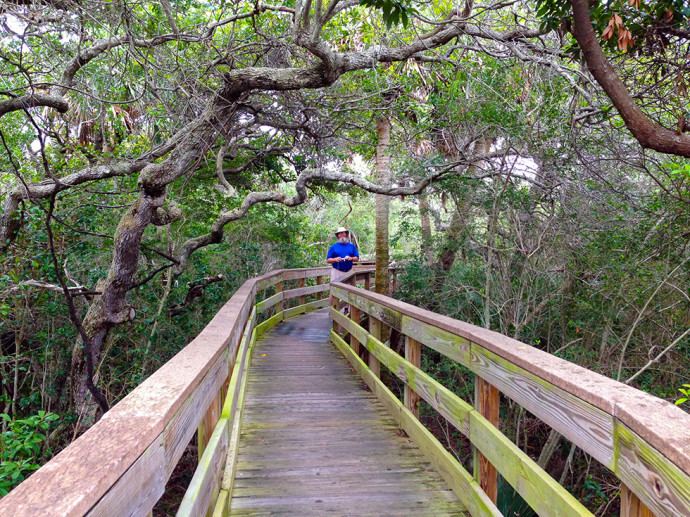 | ||
Similar Moulton‑Wells House, New Smyrna Museum, Canaveral National Seashore, Flagler Avenue, Mary McLeod Bethune | ||
Turtle mound in canaveral national seashore mpg
Turtle Mound is a prehistoric archaeological site located 9 miles (14 km) south of New Smyrna Beach, Florida, on State Road A1A. On September 29, 1970, it was added to the U.S. National Register of Historic Places. It is the largest shell midden on the mainland United States, with an approximate height of 50 feet (15 m). The mound extends for over 600 feet (180 m) along the Indian River shoreline and contains over 35,000 cubic yards (27,000 m3) of shells. Turtle Mound was estimated to be 75 feet (23 m) high before it was reduced by shellrock mining in the 19th and 20th centuries.
Contents
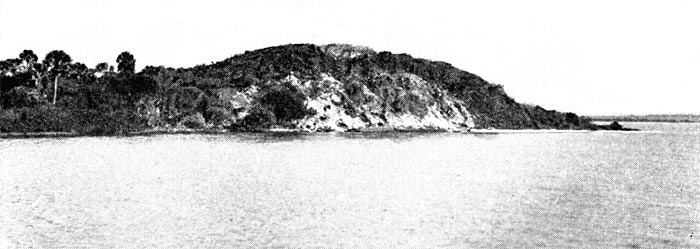
The turtle-shaped mound contains oysters and refuse from the prehistoric Timucuan people. Archaeologists believe that these people may have used this site as a high-ground refuge during hurricanes. With bow and arrow, spears and snares, they caught a variety of small mammals and reptiles. It was constructed between 800 and 1400 CE., however recent radio-carbon dates it around 1000 BCE. Early Spanish explorers and subsequent mariners utilized the large mound as a landmark. Today, the site is owned and managed by the National Park Service as part of Canaveral National Seashore.
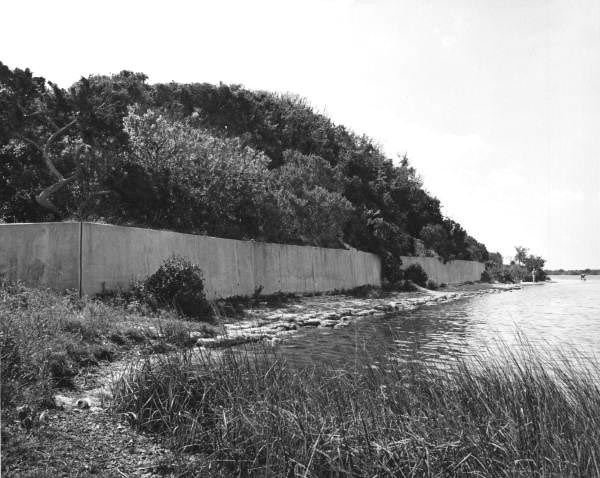
Visible seven miles out at sea, early sailors used Turtle Mound as a navigational device. The Timucuan experienced greater competitive forces for finite resources such as arable land resulting in increased open conflict. This is apparent in some of the material found in the Turtle Mound location where it occupied an important location along the coast. Archaeologists have recently found 1,200-year-old pottery on the site.
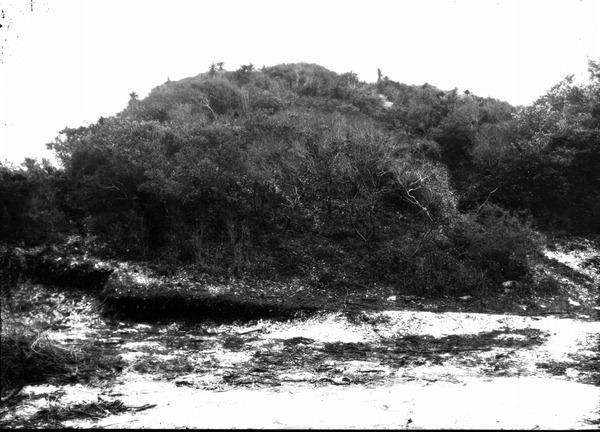
Characteristics
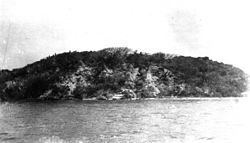
The shell mound is a deposit of refuse; the majority of the mound is oyster shells, although no extensive excavations have occurred. The mound contains several species of tropical plants. Surveys have confirmed the presence of Amyris elemifera, Heliotropium angiospermum, Plumbago scandens, Harrisia fragrans, Sideroxylon foetidissimum, Schoepfia chrysophylloides, and other species. The site represents the northernmost distribution for several species. The heat retention of shells and the proximity to the Atlantic Ocean maintains warmer temperatures than surrounding areas.
History

Currently called the Turtle mound it has had several names throughout history including Surruque in the 16th century named after the cacique (chief) and Indian tribe that lived in the area, Mount Belvedere (1769), The Rock (1769), Mount Tucker (1796), and Turtle Mount (1823). In 1605, the Spanish explorer Alvaro Mexia visited the site and reported natives launching their dugout canoes at the mound's base. Over many years of this practice, the mound began to take the form of a turtle, giving the feature its name.
